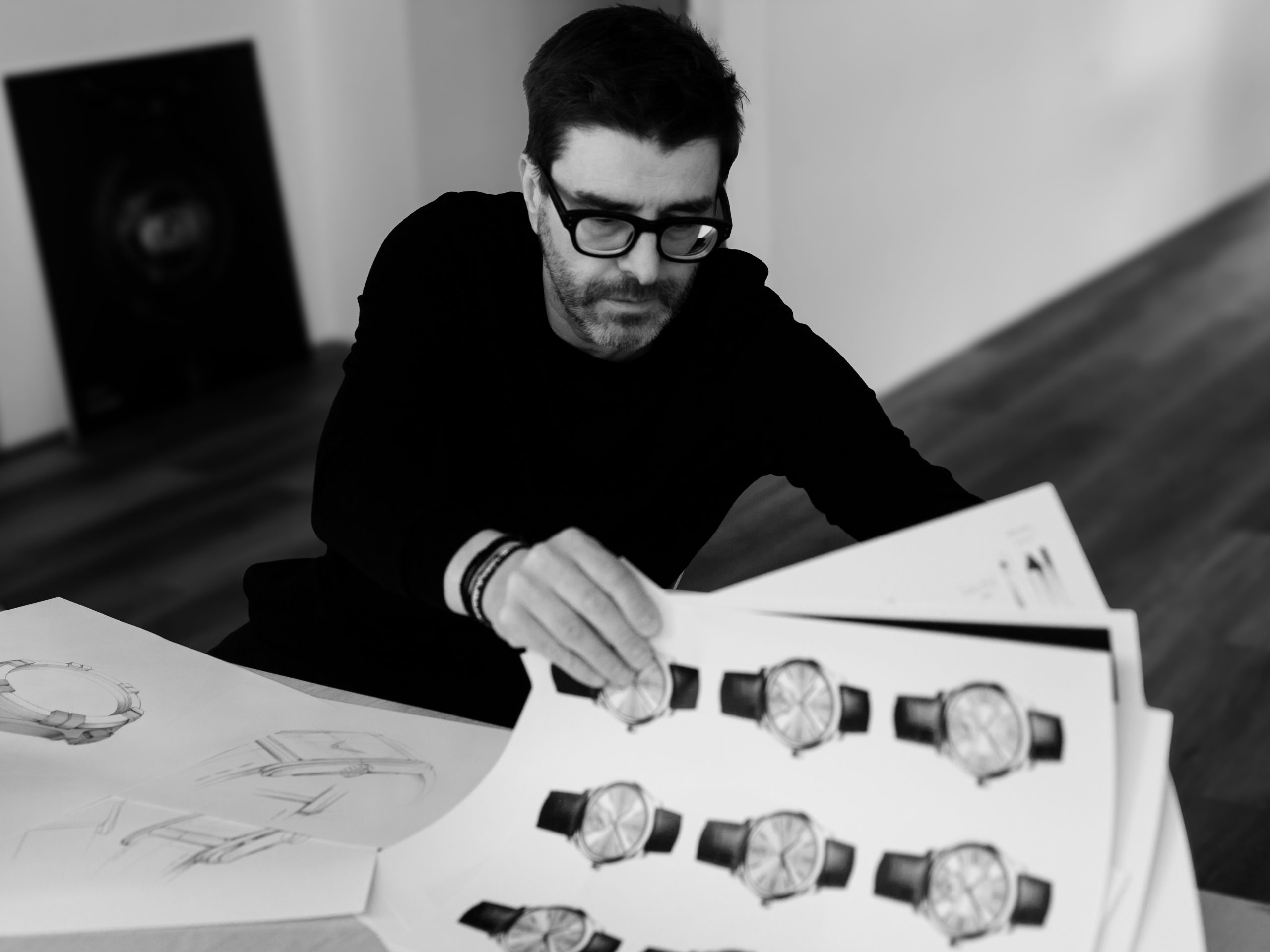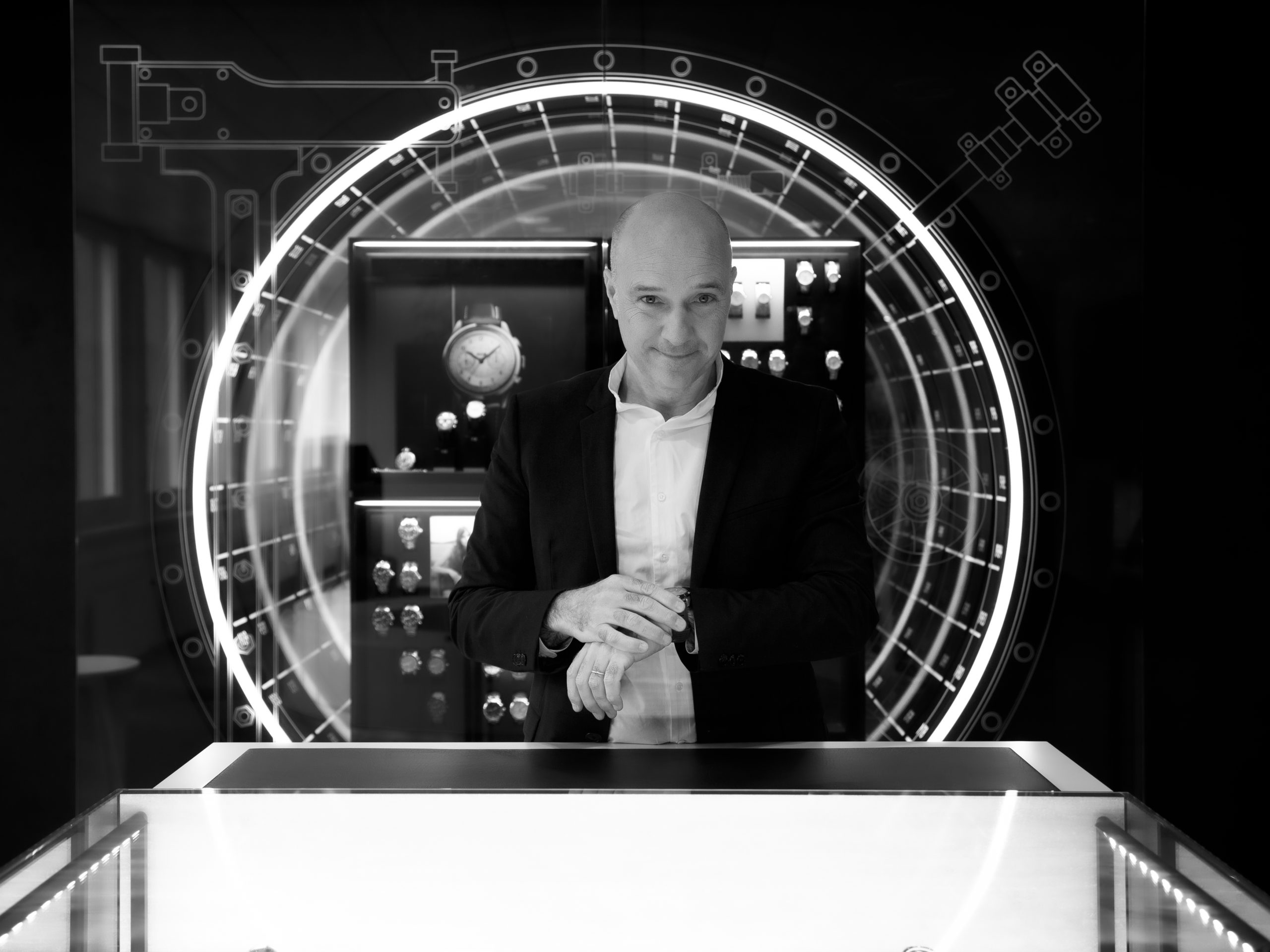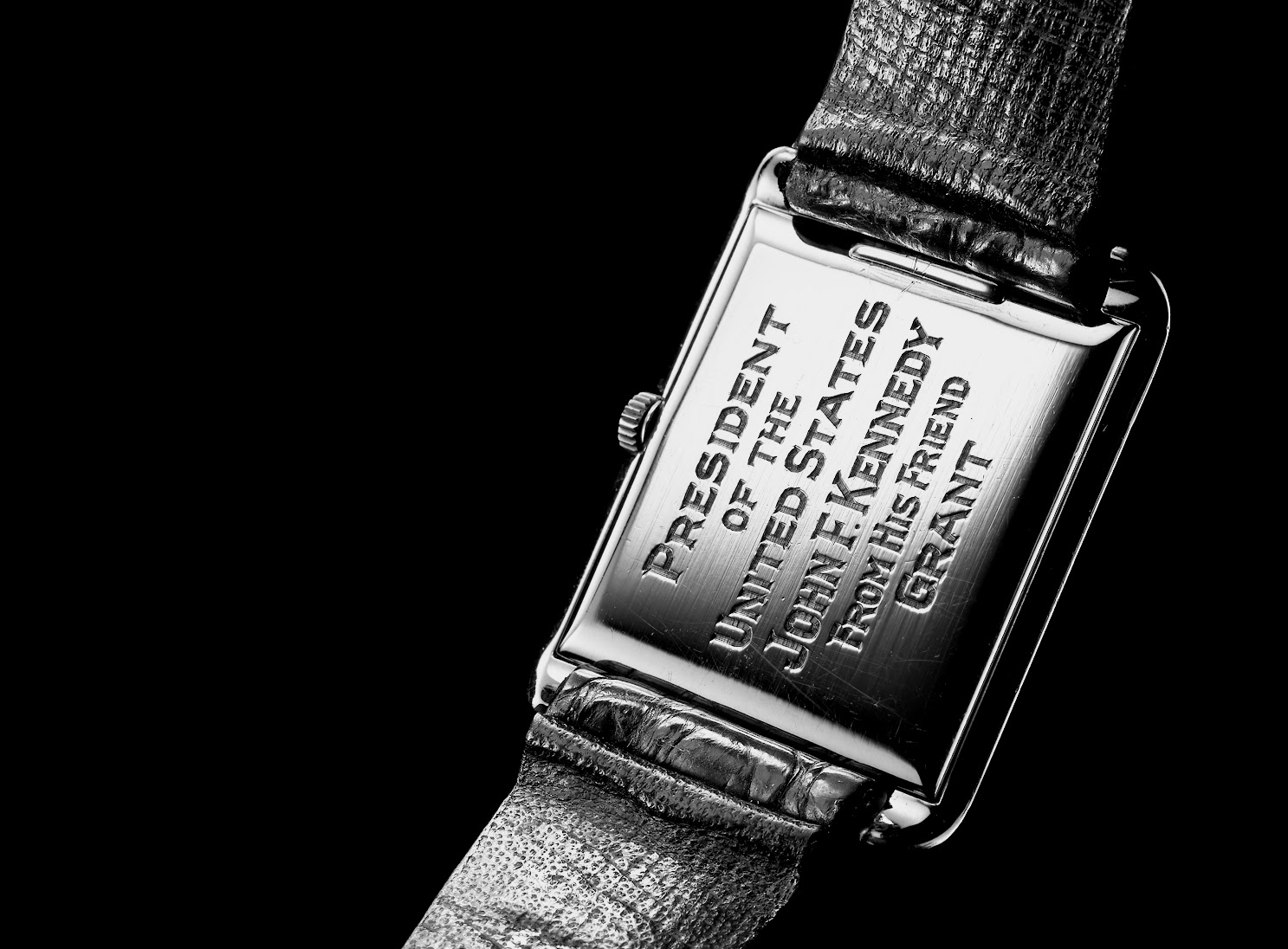
”In watchmaking, the devil is only in the detail. A watch is made only of details. When we say shorten an indice by two tenths of a millimeter, it’s not for the sake of it. It’s because it matters. You can see the difference.” Listening to Manuel Romero, co-founder of White Brand Design, and his passion — not to say obsession — for details, it seems like he was born to design watches. Well, not quite.
The first thing Romero told me about himself is that he’s not a designer. He is actually a geologist by training, specialized in geophysics. Before going on to create his watch design agency, he learned the ropes, and more, within the Swatch Group. After starting at Omega, he became VP Sales of CK Watches, back in the days of its joint venture with the Bienne-based conglomerate. Nicholas Hayek Sr. then appointed him as CEO of Certina, at the age of 33.

Creating, methodically
White, now based in La Chaux-de-Fonds, was originally established a short drive away, in Neuchâtel, two decades ago. Romero and his co-founder Nicolas Barth Nussbaumer set to give brands an external perspective on their designs, a process more common back then than today — more on that later. While most of their work over the years was sworn to secrecy, they can mention a few, including one of my favorite watch designs of all times. The pitch for the Louis Vuitton Tambour Escale Worldtime dial was: “Use the travel tags on the malles as an inspiration.” The rest is (creative) history.

When I asked Romero precisely how he orchestrated creation, not being a designer himself, he looked at me, straight in the eye, as he often does, and paused. “Creativity cannot be rushed, he eventually said. Think of the creative process as the alphabet. Letters A, B and C are the easiest answers. Sometimes, that is all the client wants. Designers tend to go straight to P, Q and R, because they are cooler. My job is to balance things out, and give my team time: you never know when a good idea might pop around the corner. And then, it’s about the details. The length of the hands. The bevels. How to make it all more balanced and elegant.”

3 keys to a successful design: the brief, the brief and the brief
So how then, does it all actually work? Where does it all begin? “Sometimes, we are asked to just draw a seconds hand. But in most cases, the client wants us to create a complete watch, or even a collection. All you have to start is a brief.” I think throughout the three hours spent with Romero in La Chaux-de-Fonds, “brief” is the word I heard the most.
“You can never over-brief us,” he explained. “A deep brief gives us a framework, and stimulates us. When, on the contrary, the client just says they want a ‘sport-chic’ watch, we basically need to brief ourselves. Our understanding will never be as good.” That resonated a lot with some points made by Thilo Alec Brunner when I interviewed him earlier this year.
Once the brief (or lack of) has been submitted, then what? “It can start with a drawing. We used to draw everything by hand. But we were also among the first to use 3D.” And while 3D is now the norm in the industry, including at White, hand drawing is still frequently used. “There is something about drawing in the creative process; doodling, the vibration of the hand.”

Endless possibilities, as many limitations
Another important point Romero made was the importance of leaving parts open for interpretation — and imagination. “3D rendering gives the impression, I would even say the illusion, of a final object. A sketch, on the other hand, is read differently by the brain. It is less defined, more organic.” As such, it leaves more space for further ideation.
Visual rendering is where the team at White limits itself. “As soon as it’s technical, we outsource,” the agency co-founder explained. “We understand the characteristics of movements, water resistance, glass thickness constraints, etc. But it’s essential that we keep our focus on the creative part of the job.”
When I asked which part of the watch most defined its design, the answer was not surprising: “We always say half of the watch is the dial; the other half is everything else.” But beyond the obvious reasons for the dial being so central to White’s work, there is another, industrial explanation: “The dial is the easiest to modify in production. Brands tend to stock up on cases. When they have too much inventory, they order a new dial design.”

Industry trends: is happiness found within?
When I first got into the watch hobby, I remember being really surprised that brands could outsource their designs. “What? The appearance of your timepieces is not an organic creation from the deepest nucleotides of your unique DNA?” Then, a few months later, I fell into the other extreme, assuming that every watch out there had a Genta or a Hysek behind it, independently commissioned by the brand. The reality, as you would expect, is somewhere in between.
While the golden era for independent designers was the 1970s, they were still central to the watch scene in the 80s and 90s, hired by the brands with pride. The Rodolphe by Longines, designed by Rodolphe Cattin, is a case in point. Over time, in Romero’s words, “the brands have affirmed themselves.” They became the center of the identity and value proposition in marketing.
Today, more than ever, design processes are internalized. “It’s more comfortable,” commented Romero. “Internal designers will never be challenged the way we are. They are challenged by one DNA, one brand, one vision. We’ve had 200 clients. We’ve made 50,000 mistakes, taken part in successes and failures.” And that is why, despite the macro trend in the industry, White is still in business, single-handedly run by Romero since his partner’s departure 5 years ago. “They come to us because we challenge them, bringing a new impulse and a different vision.”

Concluding thoughts
Despite having been through various readings and trainings on the matter, I had never really thought of creativity as a methodical process. To me, it was more something that just happened or didn’t. Visiting White and speaking with its co-founder, I heard the theory, saw some of it in motion, and witnessed the result. The LV Worldtimer is a great example: deep brand DNA rendered in an unexpected way, via an external mind, with an obsessive sense of detail. It took weeks for the idea to spark in a fraction of a second, and months to make it perfect. Even when it comes to its design, a great watch is very much about time.
Photography by Jeanne Grouet for Time Files




It’s fascinating to discover the intricacies of the watch world. Thank you!